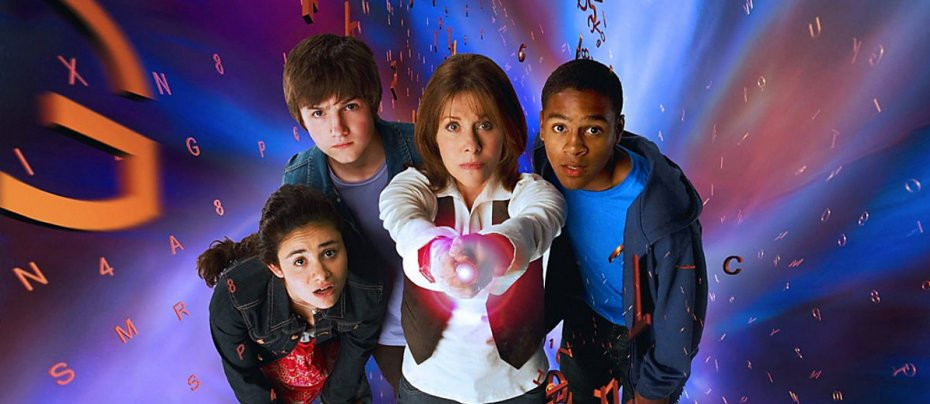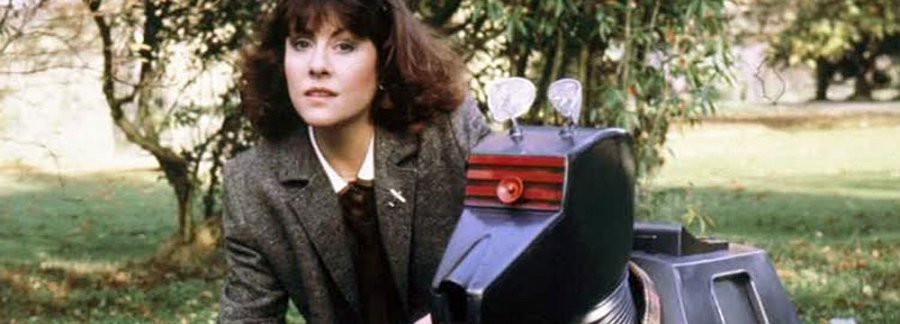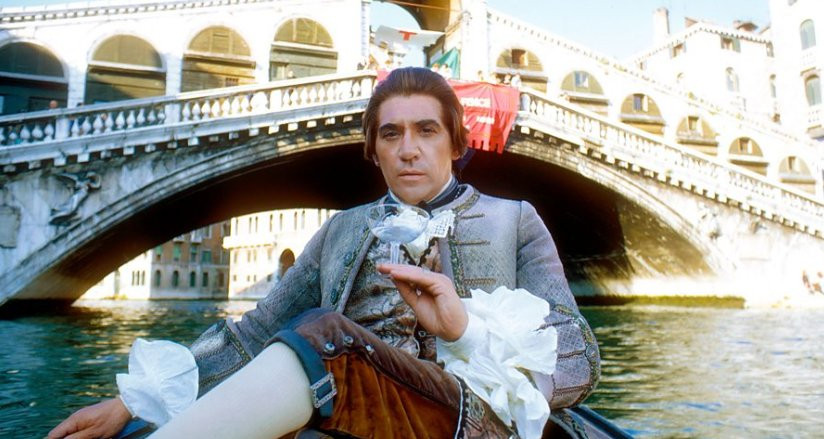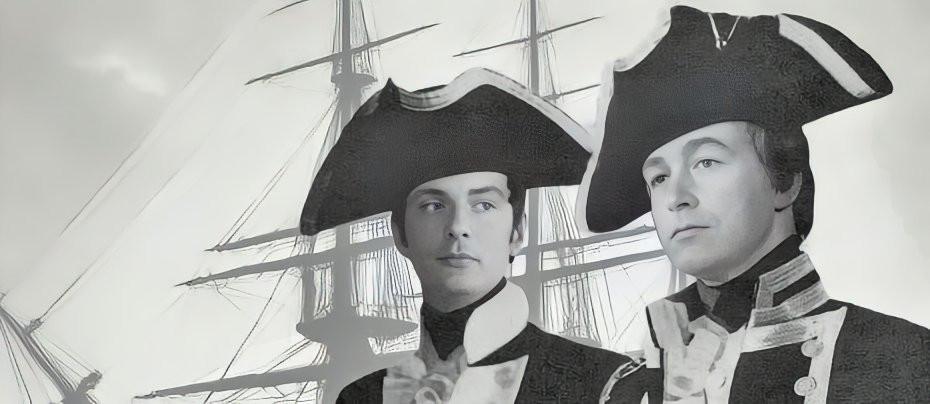The Aztecs

“He who has made us strong has made us rulers of this land. For this he demands blood, and he shall have it.”
With the first season of Doctor Who following the strict rotation between future science fiction stories and historical adventures (the only season that this occurred), the sixth adventure in the series, following on from the future based The Keys of Marinus, brought the TARDIS crew to an Earthbound adventure set in the past.
It came from the pen of John Lucarotti, who had written the previous historical, Marco Polo. In fact, that adventure was still being filmed when Lucarotti was approached by series story editor David Whitaker for another adventure for the four time travellers – again set at a period of immense interest in history, but this time comprising of only four episodes instead of Polo’s epic seven.
As a result, The Aztecs is a far tighter story with a less exhausting narrative than Polo, but with equally fine performances from the regular cast as well as the guest stars. It also addresses a science fiction trope that has existed in Doctor Who since the very beginning. The theory of interfering with the course of history by interacting with it and thereby changing the future, is addressed by setting Barbara at odds with the Doctor in a passionate and powerful interchange in which she believes eliminating evil from the Aztec way of life, will leave only good. He quite simply tells her, “You can’t rewrite history. Not one line!” Here, Lucarotti followed Whitaker’s brief that, "the four characters cannot make history. Advice must not be proffered to Nelson on his battle tactics when approaching the Nile, nor must bon mots be put into the mouth of Oscar Wilde."
Coincidentally, around the same time, Whitaker had received a letter from a fan who was curious about the travellers’ involvement in past events. He wrote back to that fan; "One must look at time as a roadway going up hill and down the other side. Doctor Who is in the position of being placed on top of the hill. He can look backward and he can look forward, in fact the whole pattern of the road is laid out for him. But you will appreciate of course that he cannot interfere with that road in any way whatsoever. He cannot divert it, improve it or destroy it."
The series would later create different interpretations of this rule by introducing a 'fixed point of time' principle, whereby small events could be altered but not major events, although even this seems to have been down to interpretation by different writers and showrunners down the years.
The Aztecs grips its audience from the word go. The TARDIS materialises in the burial chamber of a tomb where Barbara and Susan come across mummified remains. Barbara, history being her specialised subject, recognises her surroundings immediately and estimates that the mummified figure died around 1430, which places this story some time beyond that date (in his novelisation of the story Lucarotti set the date as 1507). Barbara picks up some of the artifacts lying around, including an Aztec mask and a serpent bracelet that she casually slips onto her left arm.

Leaving the chamber alone, Barbara is confronted by Autloc, the High Priest of Knowledge of the Aztec people. At first, he orders guards to seize her for her sacrilegious trespass of the tomb, but then notices the serpent bracelet on her arm and mistakes her as the reincarnation of the High Priest Yetaxa. By the time the other travellers leave the chamber, Barbara is nowhere to be seen. They too are greeted by Autloc who regards them as the servants of Yetaxa. Also present is Tlotoxl, the High Priest of Sacrifice, who is far more suspicious of the strangers. He is instantly recognised by the Doctor and Ian as a threat to their safety.
The Doctor: You know who he is?
Ian: The local butcher by the looks of it.
The Doctor: Exactly!

For Tlotoxl, the arrival of Yetaxa and her servants, whether they are genuine or not, is very timely as it will give gravitas to a sacrifice that has been planned to coincide with the arrival of rain. Autloc believes that the rain will come even without the sacrifice, but the ceremony, in the presence of reincarnated Yetaxa, will allow Tlotoxl to establish and maintain his obviously important role in Aztec hierarchy, and thereby enforce his own personal power. He can deal with the false priestess later. He convinces Autloc that the gods demand the ritual. “He who has made us strong has made us rulers of this land. For this he demands blood, and he shall have it.”

Reunited with Barbara, now dressed in fine ceremonial clothes, the other travellers are given free reign to move among the Aztec people. They need to find a way back into the tomb which is now sealed and cannot be accessed from the outside. Tlotoxl, in the meantime, has put his plans to eliminate the strangers into operation. He convinces Autloc that Ian should be the leader of their army, while the Doctor is taken to the Garden of Peace, where the elders pass their time away in quiet contemplation. Susan, in the meantime, is sent to a seminary to learn the principles of Aztec culture. The Doctor has plans of his own of course, and in the Garden of Peace he befriends Cameca, a local sage and philosopher, who fortuitously knows the son of the designer of the temple; Topau, who would know how to re-enter the tomb.
Only Barbara initially seems to be unaware of the dangers facing the travellers. It’s a fascinating period for her and she is enthralled by Aztec knowledge which made enormous strides in astronomy, medicine and agriculture, and produced its culture of fine arts, ceramics and complex featherwork. But she is reminded by Susan of the Aztecs practice of human sacrifice. "It's incredible, isn't it? Beauty and horror developing hand in hand."
It was this theme that originally drew Lucarotti to the story. The Aztecs was inspired by a period he had spent living in Mexico. During his stay there he had become fascinated by the Aztec culture and the contrast of magnificent architecture, ornate gardens and fine art compared to its barbaric customs was, he thought, a fascinating subject for a Doctor Who adventure.
As with Marco Polo, the BBC excelled in its depiction of The Aztecs although it was not without its complications and set-backs. The sets were designed by Barry Newbery who was concerned that the narrow confines of Doctor Who's usual production home in Lime Grove Studio D at Shepherd's Bush, would not provide a sense of scale for the painted backdrop of an Aztec pyramid and the city beyond it. John Crockett, the director for the story who had previously worked on Marco Polo requested a transfer to Studio 3 or 4 at BBC Television Centre in White City. This was initially denied although permission was eventually given to film the middle episodes at TV Centre Studio 3. Unfortunately, the taping of part two on 8 May 1964 was marred by the discovery that the scenery for the base of the temple had been broken up in error. Newbery hastily made use of whatever extra materials were at hand and, together with rented plants, he was able to recreate the Garden of Peace.

The costume design was by Daphne Dare. Aztec social standing was reflected in their clothing. Peasants and slaves used the simplest clothing and sometimes this consisted only of a loincloth. The nobility and the ruling class made use of lavish clothes in addition to headdresses, masks, and jewellery of various kinds. Barbara’s costume was resplendent in a brilliant orange colour which, unfortunately, can only be seen in publicity shots as the series was made and shown in black and white.
William Hartnell and Jacqueline Hill (who would later select The Aztecs as her favourite story) are in top form, especially in the scenes where they are at odds with each other, not only by Barbara’s wish to change history, but how her actions are placing all four travellers lives in danger. It is another strong performance by Hill, following her confrontation with the Doctor in the story Inside the Spaceship. Her relationship with him had mellowed somewhat but here it was in danger of reigniting the friction between them. But ultimately the Doctor is proved right, something that comes to realisation when Barbara is forced to hold a knife to Tlotoxl’s throat in order to save Ian from execution. William Russell also gets a big slice of the action with a number of fight scenes, evoking his days in The Adventures of Sir Lancelot, and one battle in particular involves him putting a neck nerve-pinch on his rival, Ixta (Ian Cullen) to make him pass out – this, years before Mr Spock employed a similar method in Star Trek. Carole Ann Ford as Susan was given less to do as the actress had a two-week holiday booked during the shooting of the adventure.

Of the guest cast, John Ringham as Tlotoxl is, Daleks excepted, the best villain of the first season. Compelling, potent, deceitful, and in view of his own society’s rules, Tlotoxl is perfectly justified to hold on to the values and methods that he employs. Ringham perfectly realised the brief he got from John Crockett to, "make all the children in the country hate you".

There is also excellent support by Keith Pyott as the pious Autloc, convinced of Barbara’s deity and therefore her ideals, he is torn between his devout loyalty and his conscience. Margot Van der Burgh as Cameca is the gentle widow whose affection for the Doctor is clear from the start to all but he, leading to the misunderstanding that the two are to be betrothed. It is one of the lighter moments of an absorbing and tense story.
The Aztecs is a first class adventure which plays to the debut season’s strengths in storytelling. Never speaking down to its audience, the adult theme of moral dilemma and a tense sense of impending tragedy permeates every episode, right up to the conclusion. It’s an outstanding classic.
Review: Laurence Marcus










